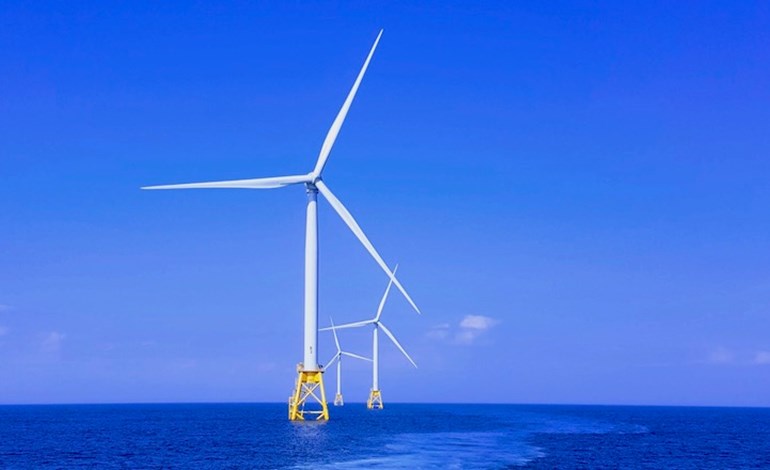Europe saw €19bn of new wind farm investments confirmed in 2019, according to new data. A further €33bn was invested in the refinancing of new wind farms, the acquisitions of wind farm projects and other transactions, said WindEurope’s annual ‘Financing and Investment Trends’ report.
The findings showed a strong appetite for onshore wind. Of the European total, €13 bn was invested in onshore wind farms across 10 GW of new projects.
WindEurope CEO Giles Dickson said: “Governments and investors continue to have strong appetite for onshore wind because in most of Europe it is the cheapest form of new power generation capacity.”
Dickson added: “The latest auctions in Poland, Denmark, Greece, France, Italy and Lithuania all testify to the strong support for onshore wind and competitive prices. We expect onshore wind to be 80% of all wind capacity additions over the next five years.”
Spain financed the most wind energy projects in 2019 both in terms of capacity financed and amount invested, €2.8 bn.
The next highest investors in onshore wind among EU member states were Sweden and Poland.
Dickson said: “Investors understand that wind energy is a good bet to deliver on the European Green Deal. Wind is 15% of Europe’s electricity today. The EU Commission expects it to be 50% by 2050.
“And 2019 could have been a record year for wind investments in Europe, had it not been for a sharp fall in new investments in Germany. The rules are too complex in Germany and it’s unclear where they’re heading – the government must clarify things to get investors back.”
According to the report, there is an increased trend towards corporates sourcing renewable energy.
“Never before have more renewable Corporate Power Purchase Agreements (PPAs) been signed than last year. Across all renewable energy sources, corporates contracted more than 2.5 GW in 2019 alone, with wind contributing around 1.7 GW,” it said.
The report also takes a closer look at the diverse investors involved in wind energy financing. Banks played an increasing role in 2019, extending over €20bn of non-resource debt, the data showed.
The importance of non-resource debt also continues to grow. It now accounts for 49% of all investment in new onshore wind projects and 77% of all investment in new offshore wind farms.
The Sustainable Europe Investment Plan, the investment pillar of the European Green Deal, aims to mobilise at least €1tn in additional private and public capital for renewable energy projects in the next decade.
“However, the short-term perspective is overshadowed by the effects of COVID-19. The pandemic is likely to reduce market liquidity in debt and equity market,” the report noted.
Dickson said: “We have yet to see the scale of COVID-19’s impact on wind energy investments. But our message to investors and policymakers is clear: renewable energies and the European Green Deal are the motor for Europe’s recovery. They create growth. They secure jobs. They’re key to our technological leadership towards a climate neutral economy.”

